Tokyo University of Marine Science and Technology research leans on aquaculture for the preservation of valuable germline stem cells

Aquaculture’s primary goal is to produce fish, but its methods can be used to save them too. Aquaculture is an often-ignored tool for the conservation of endangered species, a practice known as conservation aquaculture. Today, a number of fish species – like Nile perch and the totoaba, both prized for their swim bladders – face extinction due to overfishing, illegal harvests and climate change.
With conservation a key issue, researchers at Japan’s Tokyo University of Marine Science and Technology have come up with a possible way to save endangered species.
https://www.aquaculturealliance.org/advocate/totoaba-vaquita/
In June 2020, the team announced the first-ever mass proliferation of rainbow trout germline stem cells (GSCs) in vitro. GSCs were cultured for 28 days before being transplanted to male and female trout. The team then spawned around 1,700 rainbow trout after producing sperm and eggs from the GSCs of just one of its males.
Professor Goro Yoshizaki, who led the team, believes that the technique could help preserve endangered fish and enable their mass production.
“It’s an extremely significant achievement that will enable the artificial mass culturing of fish eggs and sperm on a large-scale,” he told the Advocate. “We’re aiming to apply the methods within the next few years to conservation projects of Salmonidae similar to rainbow trout, and to bluefin tuna within around five years.”
In Japan, the goal of conserving endangered fish isn’t new. With wild sturgeon numbers declining fast, scientists at Kindai University have been breeding sturgeon and tapping into the domestic caviar market. Japan has also spent years trying to replicate spawning conditions for the endangered Japanese eel (Anguilla japonica).
A 1998 study by Paul Jerome Anders describes conservation aquaculture as “working adaptively with a local gene pool and allowing the sufficient migration of genes for allelic representation. It requires careful selective breeding programs to provide sufficient diversity within a fish population of interest and can reduce risks associated with hatchery production such as competitive feeding behavior, disease and reduced growth rates.”
In this sense, one key technique is cryopreservation, which has received due attention for the improvement of offspring quality and supply of fish fry, as well as its ability to prevent the deterioration or loss of genetic diversity.
But although the cryopreservation of fish sperm has become routine, the large size and high lipid and yolk content of fish eggs makes the procedure difficult.
“Cryopreservation enables storage of genetic materials for indefinite periods and is one of the favorable methods in ex situ conservation. Frozen samples can be thawed at any time and used to create the next generation,” said Zoran Marinović, a research associate at Hungary’s Szent István University who is investigating the application of GSC manipulation techniques for conservation purposes. “Sperm cryopreservation has been around for decades but oocyte and egg cryopreservation isn’t yet possible in fish. Preserving female genetic resources is our greatest challenge.”
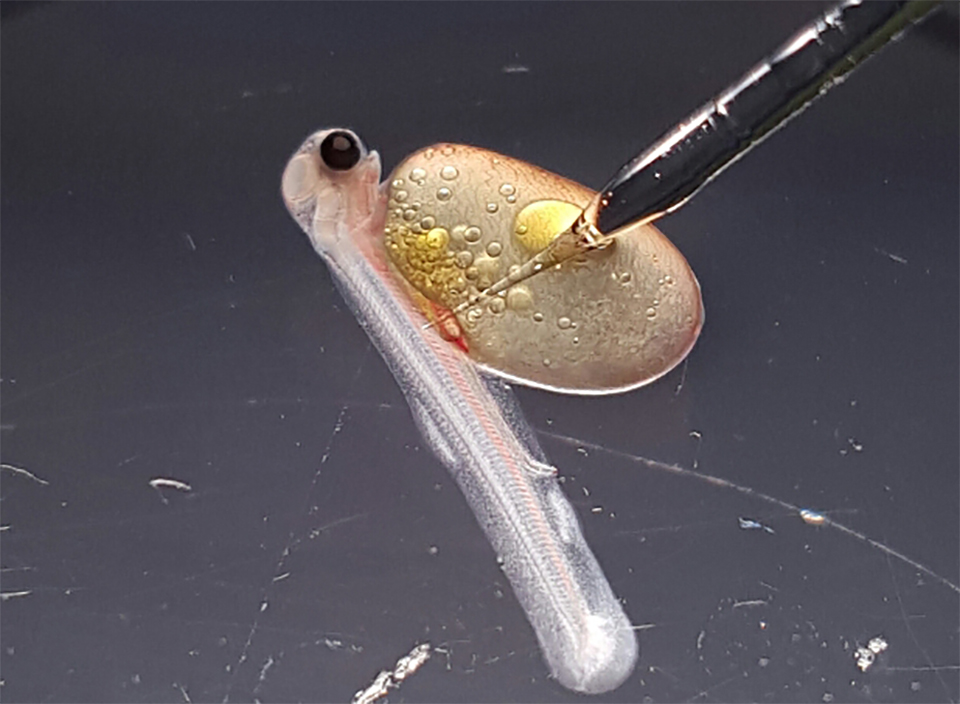
This is why researchers have been focusing on GSCs including spermatogonial stem cells (SSCs) and oogonial stem cells (OSCs). The cryopreservation of GSCs can be performed easily in liquid nitrogen because the cells are small and don’t contain much lipid or egg yolk. They can then be transplanted into suitable recipients or cultured in vitro to produce functional gametes. Indeed, Yoshizaki achieved a scientific breakthrough in 2013 when he transplanted SSCs from the frozen testes of yamame salmon – a freshwater species indigenous to Japan – and one of two varieties of masu salmon (a migratory and freshwater fish found in the Pacific Ocean) – into sterile rainbow trout hatchlings. The hatchlings developed functional sperm and viable eggs, which were then combined via in vitro fertilization to produce yamame salmon.
“This has two main impacts on aquaculture,” said Yoshizaki. “The first is the preservation of valuable genetic resources. Keeping live broodstock can be risky due to possible facility accidents, disease occurrences or, in the case of Japan, natural disasters. The slow freezing of genetic resources in liquid nitrogen until transplantation can reduce these risks. The second impact is the breeding of endangered species like bluefin tuna.”
Yoshizaki and his team have been developing a technology to use baby mackerel surrogates to spawn bluefin tuna. By extracting SSCs from tuna and injecting them into mackerel fry, the goal is for the tuna stem cells to migrate into the ovaries and testes of the mackerel. If tuna are spawned and subsequently survive, they could be released into the sea or farmed.
[Aquaculture] it must do all it can to save genetic diversity.
“Baby mackerel have similar DNA to tuna, their immature immune systems won’t reject the tuna cells and we can rely on the natural tendency of SSCs to mature and produce viable offspring,” said Yoshizaki. “Compared to tuna, mackerel are also much easier to handle and keep in land-based tanks, and they mature more quickly and spawn more frequently if well fed and kept at the right temperature.”
“The introduction of GSC cryopreservation and subsequent transplantation is taking us into a new age of species conservation and management and this is exciting,” said Marinović. “Thanks to this technology, we have, for the first time, the ability to conserve both male and female genetic resources. It’s opening up new avenues and possibilities and it will be interesting to see how researchers take advantage of it and apply it in practice.”
In their 2017 study, Professor Halley E. Froehlich, Dr. Rebecca R. Gentry and Professor Benjamin S. Halpern say that conservation aquaculture must be managed to maximize any economic, social and ecological benefits, while its potential is a chance to address wider global issues through collaborative practices.
“We describe the opportunities and the importance of aligning conservation and farming practices in order to achieve sustainable seafood production, protection of vulnerable species and habitats, and healthy ecosystems into the future,” said Gentry. “In general, I think it’s important to look at a variety of different solutions and approaches to conservation … a suite of approaches that may, together, help move toward conservation goals.”
“Aquaculture must be able to accomplish advanced selective breeding that can genetically narrow down the species that work to our advantage, but in order to protect endangered species, it must do all it can to save genetic diversity,” said Yoshizaki. “Just because an endangered species can be reared through aquaculture, it doesn’t necessarily mean that it’s safe. In other words, rearing and safeguarding are two completely separate projects. It’s very important not to confuse the two.”
Follow the Advocate on Twitter @GAA_Advocate
Now that you've reached the end of the article ...
… please consider supporting GSA’s mission to advance responsible seafood practices through education, advocacy and third-party assurances. The Advocate aims to document the evolution of responsible seafood practices and share the expansive knowledge of our vast network of contributors.
By becoming a Global Seafood Alliance member, you’re ensuring that all of the pre-competitive work we do through member benefits, resources and events can continue. Individual membership costs just $50 a year.
Not a GSA member? Join us.
Author
-

Bonnie Waycott
Correspondent Bonnie Waycott became interested in marine life after learning to snorkel on the Sea of Japan coast near her mother’s hometown. She specializes in aquaculture and fisheries with a particular focus on Japan, and has a keen interest in Tohoku’s aquaculture recovery following the 2011 Great East Japan Earthquake and Tsunami.
Tagged With
Related Posts
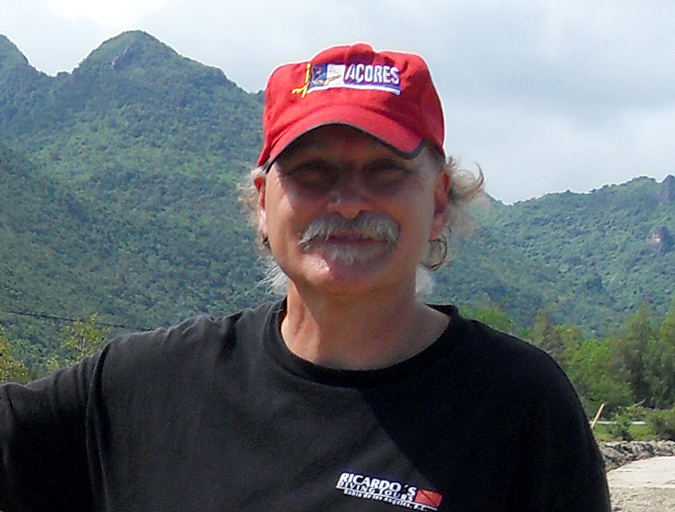
Innovation & Investment
Aquaculture Exchange: Barry Costa-Pierce, UNE
University of New England Professor Barry Costa-Pierce says aquaculture is often neglected in studies examining ocean health and ecosystem and resource management. The “Ocean Prosperity Roadmap” released this summer, he said, was more of the same.
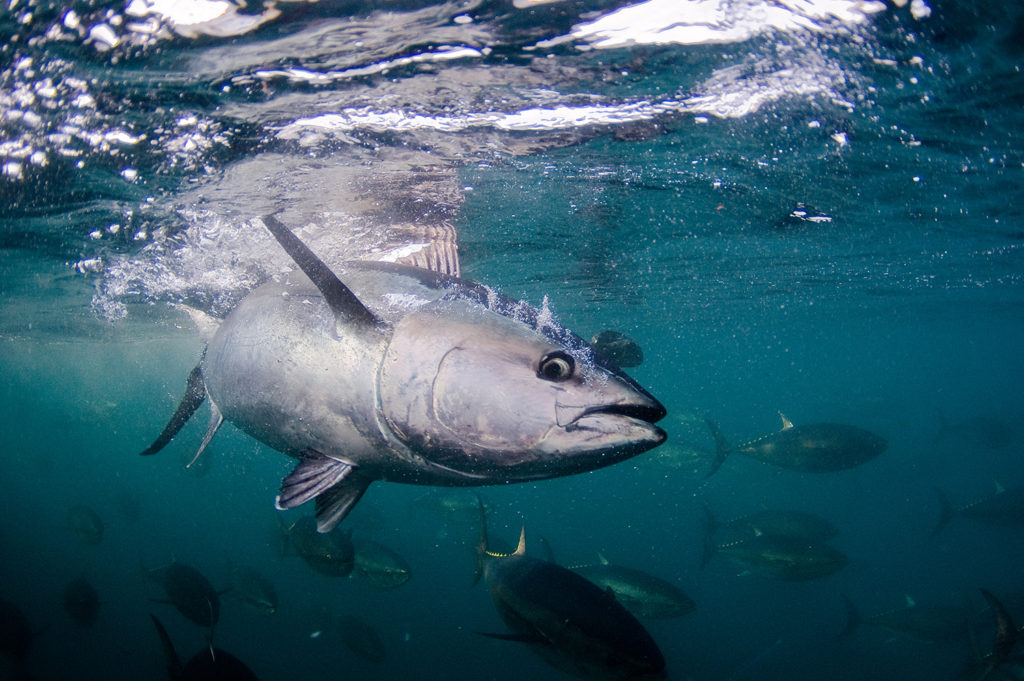
Innovation & Investment
Japan hopes aquaculture can save bluefin tuna
Bluefin tuna may be the most prized fish in the ocean. If hon-maguro sashimi is to remain chic, closed-cycle aquaculture may help keep it on menus.
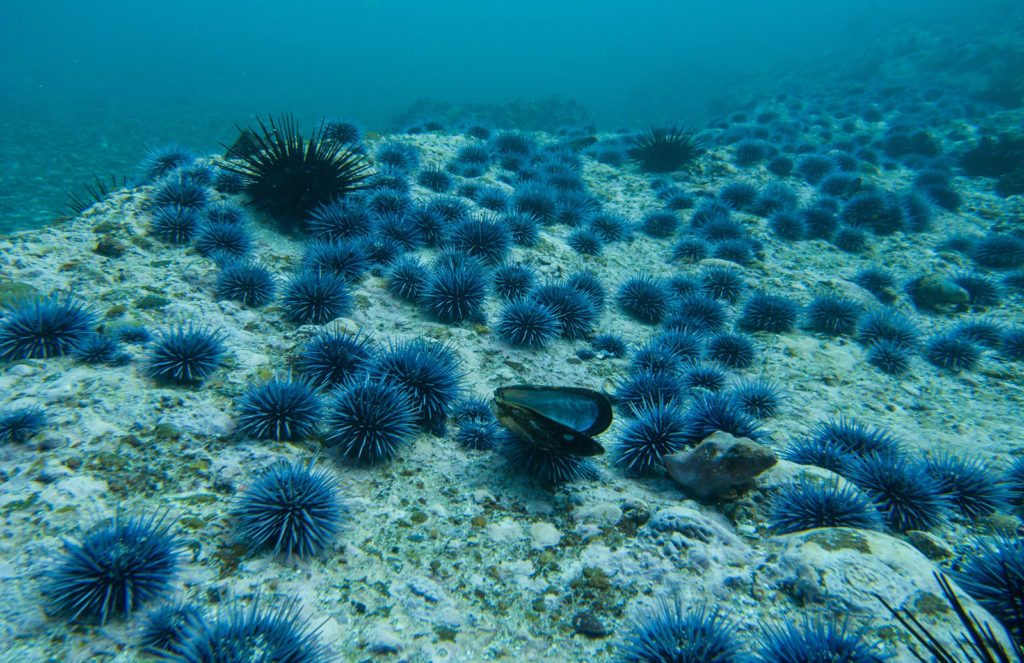
Responsibility
Can ranching ‘zombie urchins’ boost uni, save kelp forests?
With Norwegian knowledge and a partnership with Mitsubishi, Urchinomics aims to turn worthless empty urchins into valuable seafood while restoring kelp forests and creating jobs.
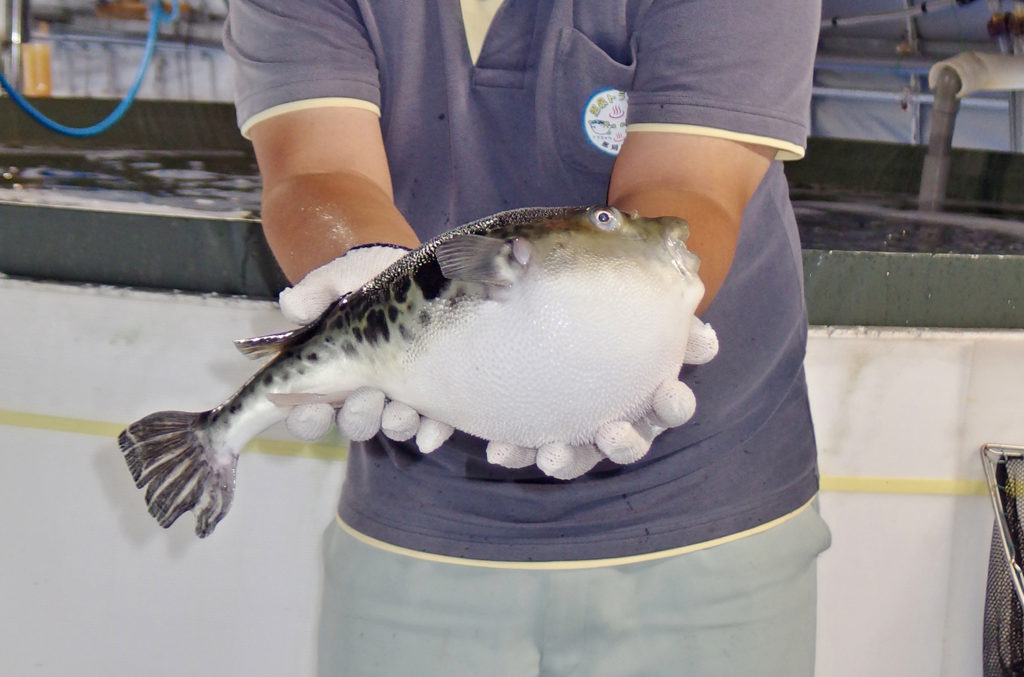
Intelligence
In Japan, tiger puffers find themselves in hot water
A technique to farm tiger puffers in hot spring water was invented to revitalize the town of Nasu-karasuyama and is now spreading to other areas of Japan.

